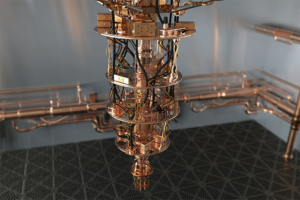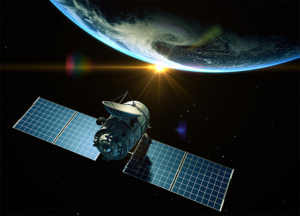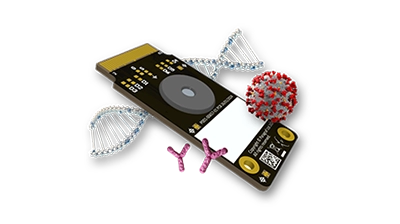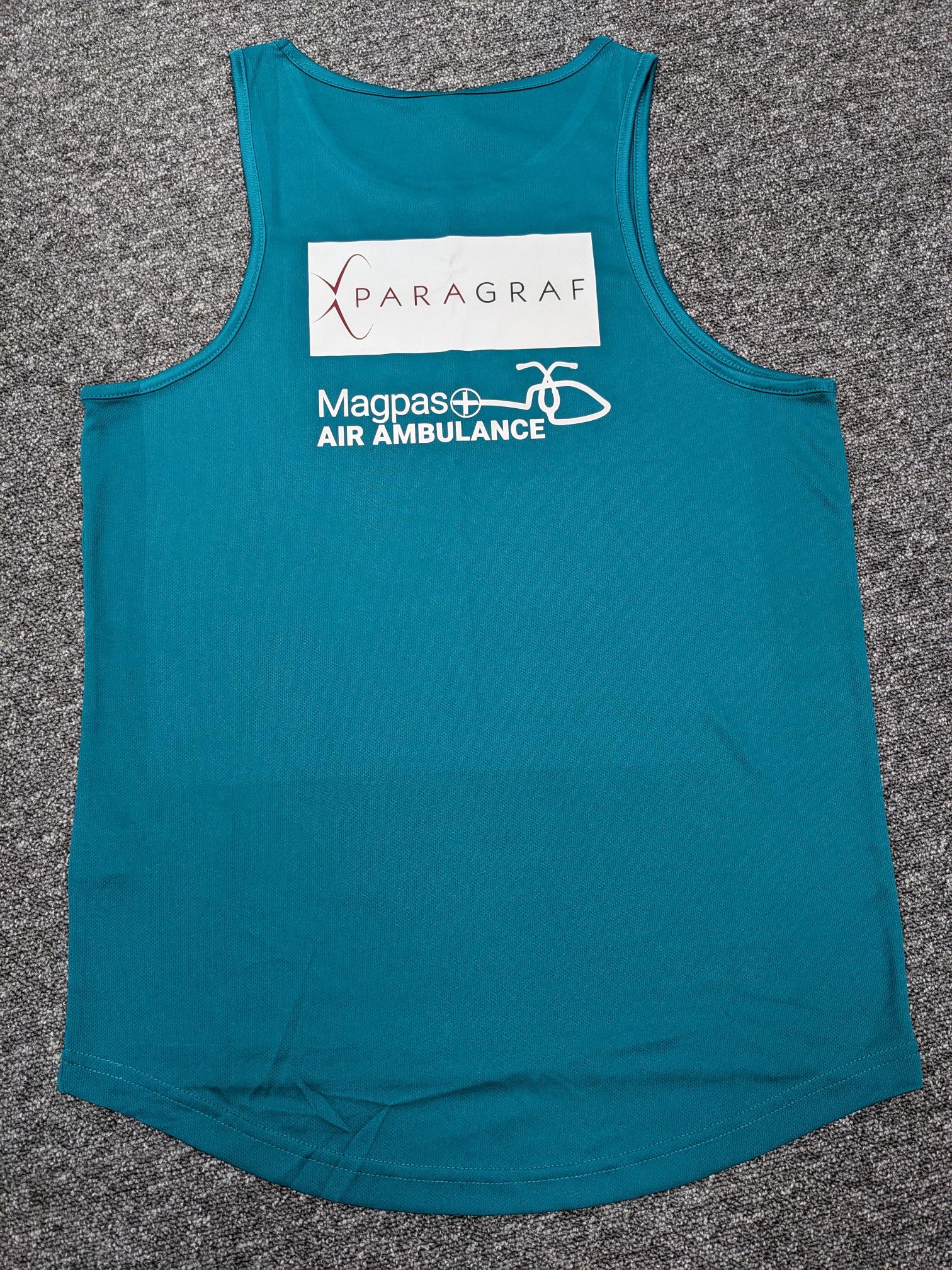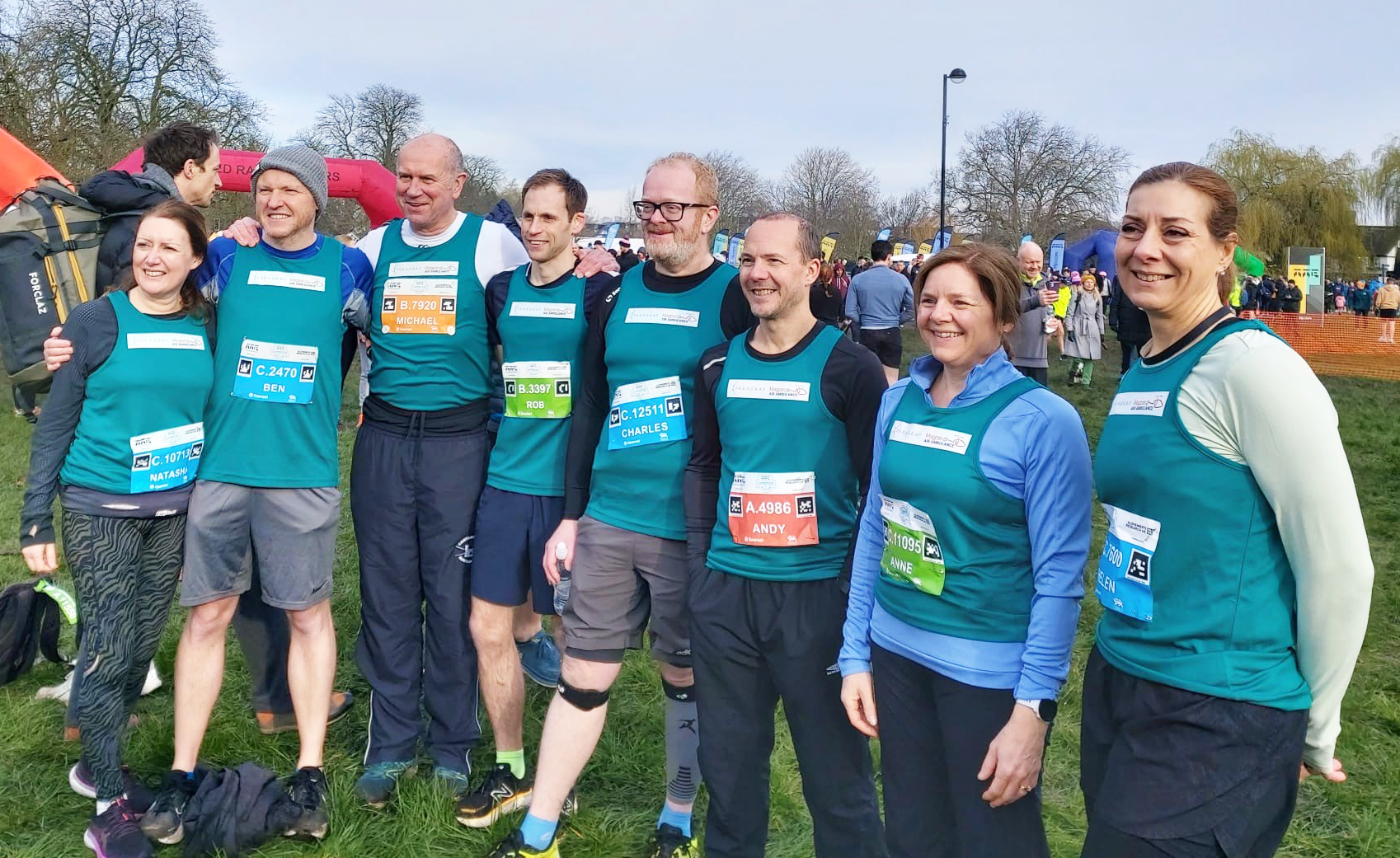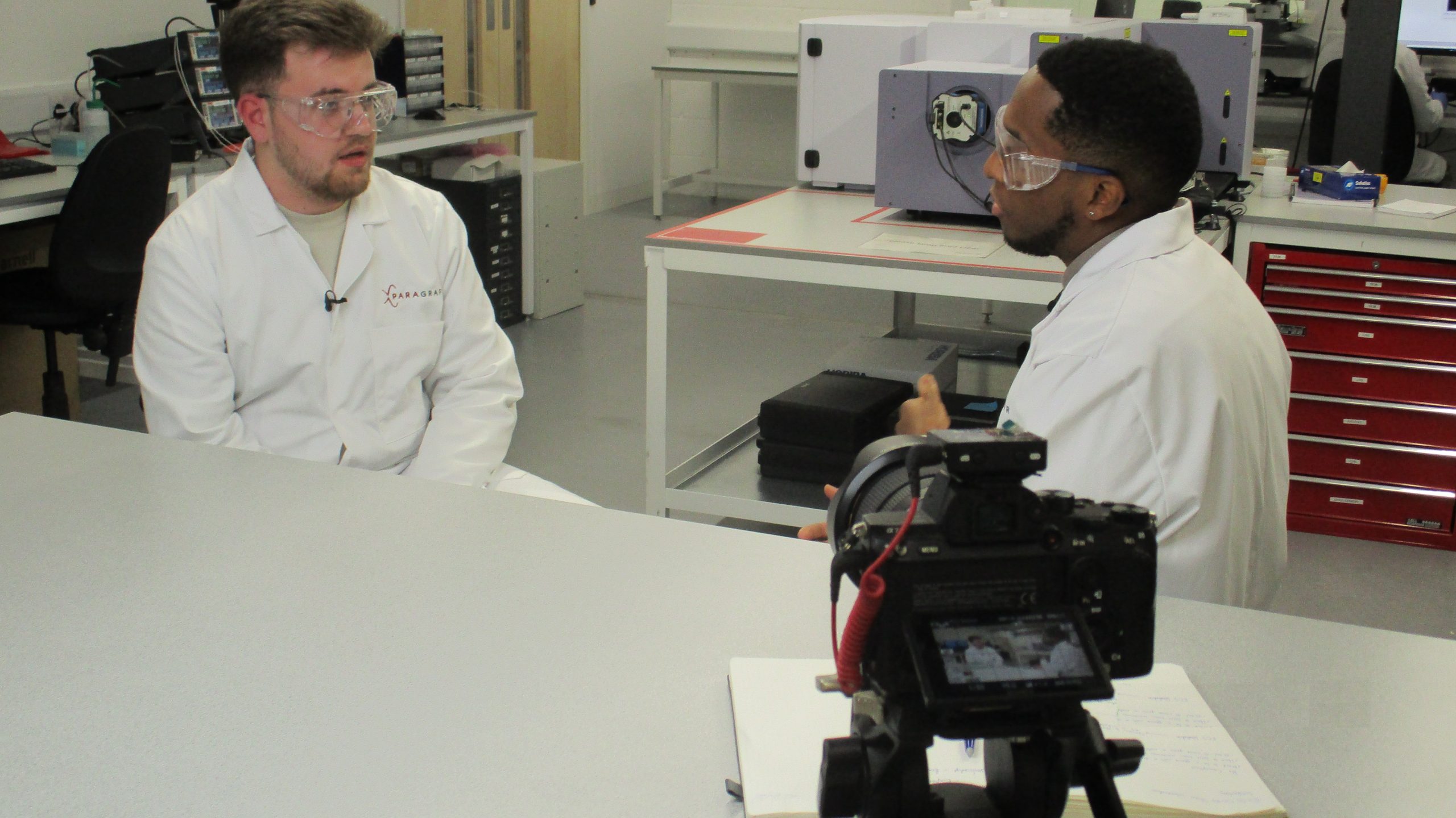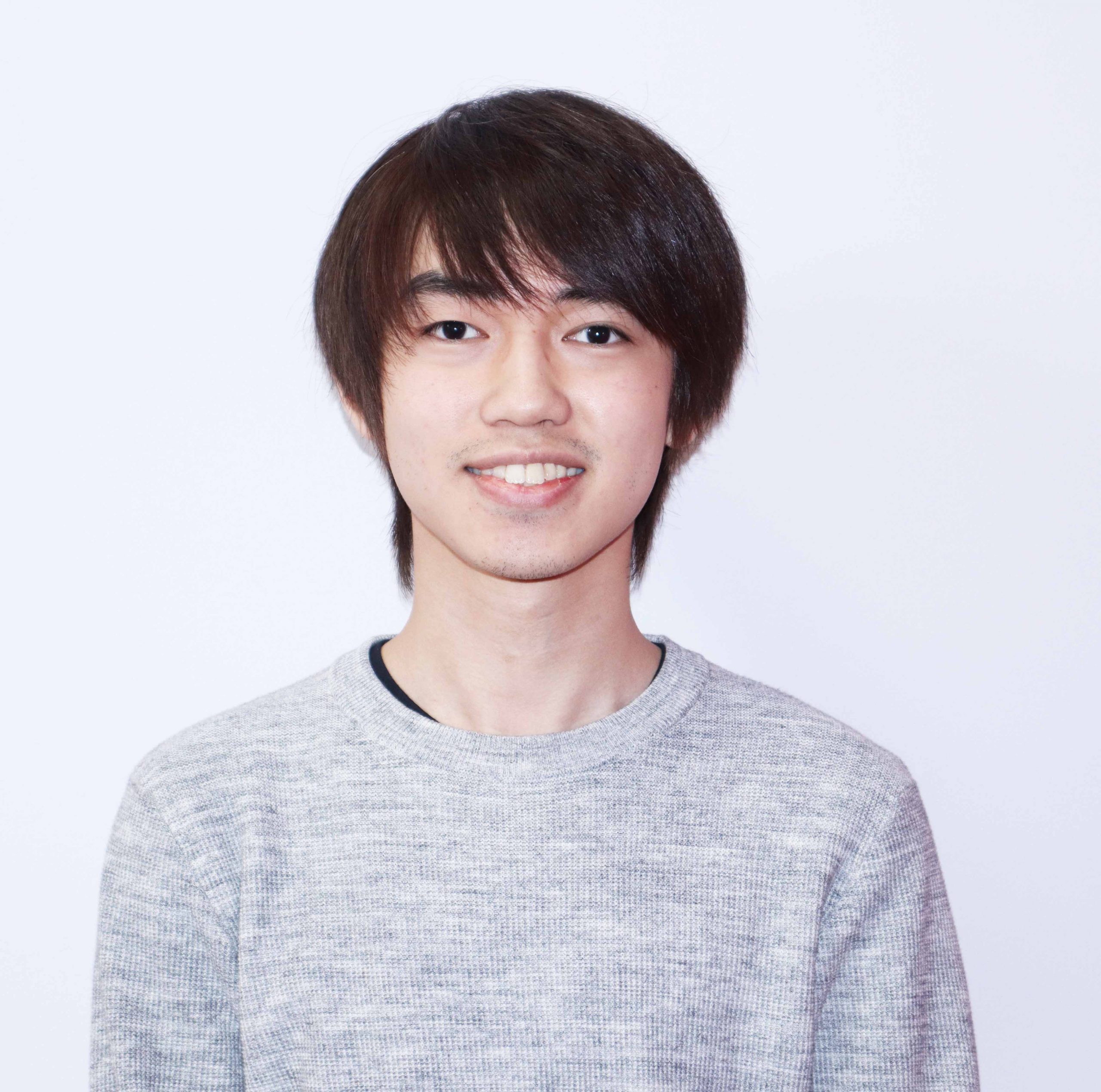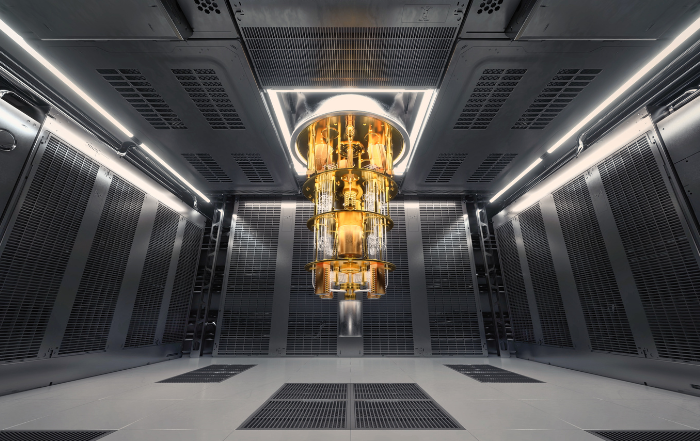
Our last article discussed how Paragraf’s cryogenic graphene Hall sensors’ (GHS) ability to detect small magnetic fields and to operate in very low-temperature environments, both of which make them an ideal solution to confirm adequate shielding of quantum computers. In this instalment, we would like to address how our sensors can also respond to high-field requirements of quantum computers.
In Part 1 of this series, we identified several types of quantum computer designs currently in development: superconductors, ion traps, photonics, quantum dots and cold atoms. All of these designs entail low temperatures and shielding mechanisms, making them all appropriate for our sensors to identify low magnetic fields. In some of these architectures (e.g., superconductors, quantum dots and cold atoms) magnets are key to the operation; thus, magnetic sensors capable of measuring higher fields – still at cryogenic temperatures – have an additional quantum application.
Superconductors
Superconducting quantum computers are unique among quantum architectures in that their physical qubits – often referred to as ‘artificial atoms’ – are macroscopic. That means that they are larger and more robust than the qubits used in competing approaches [1]. There have been a number of designs for these artificial atoms but they consistently employ superconductor materials at low temperatures and Josephson junctions, which are tunnelling devices that allow electrons to flow across a barrier with no voltage applied [2].
These quantum computers engage external magnetic fields to control the energy levels of superconducting qubits and to enable initialization, gate operations, and readout. These magnetic fields can be precisely controlled to perform quantum gates and quantum algorithms.
Quantum Dots
Quantum dot qubits differ extensively from their superconductor counterparts in that they are nanoscale particles comprising a small, countable number of silicon electrons. In computing functions, these particles act as tunnels that render quantum information when voltage levels in the source-drain window that encapsulates the quantum dots are varied. The addition of quantum dots in the tunnelling function provides a degree of scalability that produces more-complex computations. The application of magnetic fields is key to this manipulation of the voltage in the system [3],[4].
Cold Atoms
Cold atom qubits comprise isolated atoms which are ‘tweezered’ by lasers to manipulate their superposition. Even more than other quantum applications, cold atom operations entail extremely low temperatures (<1 mK) [5]. While magnets are not the primary tool for performing quantum operations here, they are often used in the process of isolating and cooling the atoms in order to set up those operations.
How Paragraf can help
The manipulation of quantum qubits – even those as relatively large as superconductor qubits – requires exceptionally precise application of magnetic fields. That precision entails a need for accurate calibration of those magnetic tools. Paragraf’s GHS technology is particularly capable of providing such a degree of accuracy in the unique environment of quantum computers.
The cryogenic benefits of our sensors (operation at mK temperatures, low power requirement, sensitivity to low fields) were detailed in the previous article but one aspect that must be stressed here is our sensors’ linearity. Once most magnetic sensors encounter fields above a particular threshold, the corresponding readings increase in plateaus and sharp inclines rather than in a continuous, proportional trendline. This is referred to as the Quantum Hall effect (QHE) and it makes these conventional devices unusable in cryogenic applications where the strength of the field varies.
Paragraf’s graphene deposition enables us to modify the sensitivity of our sensors. Through experimenting with the GHS-C, we have found we can delay the onset of QHE so that we are producing sensors that maintain their linearity up to ~30T, as demonstrated at the High Field Magnet Laboratory in Nijmegen, Netherlands.
Our next article will focus on how Paragraf’s cryogenic GHS is also effective in high-field quantum applications. In the meantime, please sign up for our mailing list using the below form, or contact us directly to discuss how Paragraf can provide Hall sensor solutions for your business.
References:
[1] A Quantum Engineer’s Guide to Superconducting Qubits – arxiv.org
[2] Superconducting Qubits: A Short Review – ResearchGate
[3] Quantum computation with quantum dots – Physical Review Journals
[4] Quantum Computing with Quantum Dots – ResearchGate
[5] Cold atoms for Quantum Technology – School of Physical Sciences (Open University)

